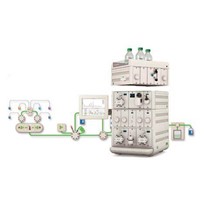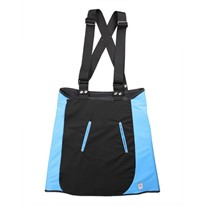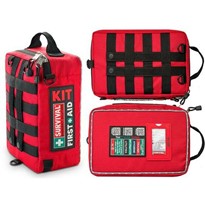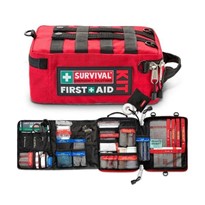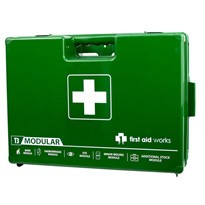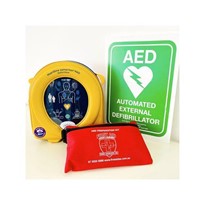Every workplace has a responsibility to provide a safe and healthy environment for workers. As a result, employers invest in first aid kits and training. But if someone in your team suffered a cardiac arrest tomorrow, would you be ready to handle the crisis?
Three simple questions will help you know if you're ready
- Does your workplace have an AED?
- Do you know where it is?
- Are you prepared to use it?
Easy access to an automated external defibrillator (AED) is the only way to reduce the risk of fatality from cardiac arrest. While cardiopulmonary resuscitation (CPR) can prolong life, defibrillation is the only way to restore a heart with a fatal heart rhythm back to a normal heart rhythm. Having an AED could boost your workers' welfare and is supported in the Code of Practice of our state regulatory bodies and Safe Work Australia.
WorkSafe Victoria's guidance states that anyone with access to an automated external defibrillator (AED) can safely step in to handle a cardiac arrest crisis, knowing they cannot cause greater harm to the patient but may save their life.
And Safe Work Australia says: "You should consider providing an AED if there is a risk to workers at your workplace from electrocution if there would be a delay in ambulance services arriving at the workplace, or where there are large numbers of members of the public."
Some states encourage registering your device with the ambulance service. The register allows the Emergency Medical Dispatcher (EMD) to direct someone, who has called Triple Zero (000) for a suspected cardiac arrest at your business or property, to retrieve your AED and begin crucial defibrillation before paramedics arrive*.
Tips for installing AEDs:
- Locate AEDs in well known, visible and accessible locations.
- Use internationally recognised green signage.
- Ensure AEDs have batteries and pads installed and are ready to use.
- Do not keep AEDs locked away.
- If available, register AEDs with your state ambulance service to enhance ease of access.
- Demonstrate the use of AEDs to your staff so they know how simple the process is.
- Undertake routine maintenance checks.
If you want to make your workplace heart safe but are unsure which AED is best for your circumstances, contact our team for a free consultation.
*Please note that information provided is not publicly listed and will only be shared with the EMD if the suspected cardiac arrest occurs at your business or property. Consult your state ambulance service for more details.


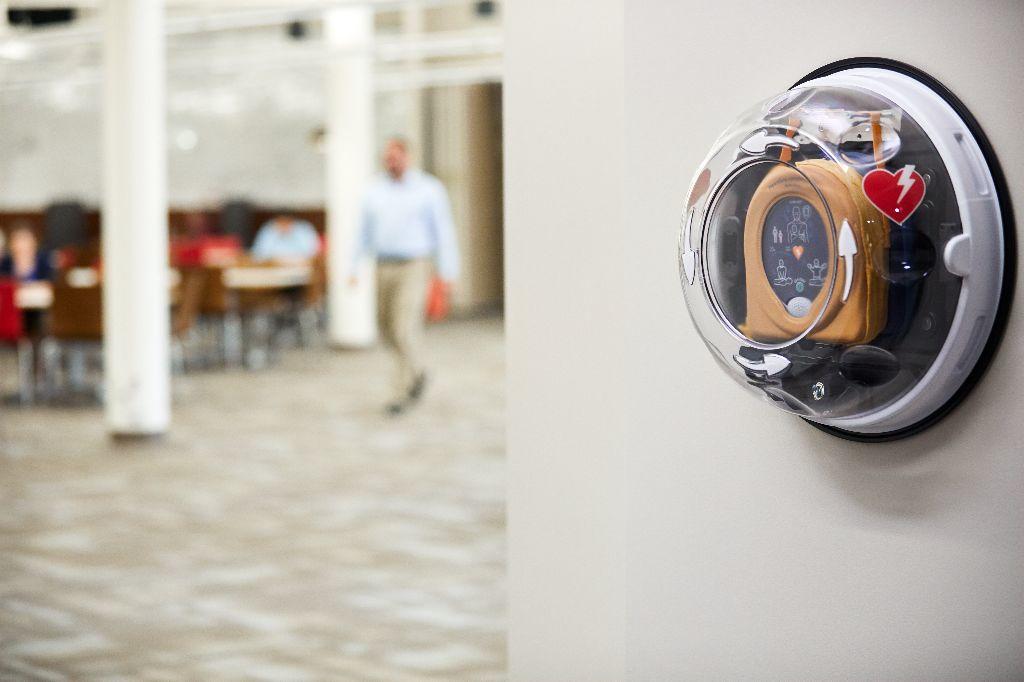
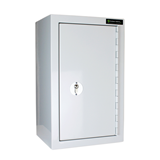





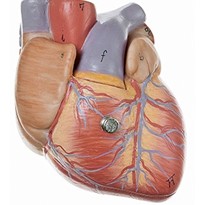
-205x205.jpg)


